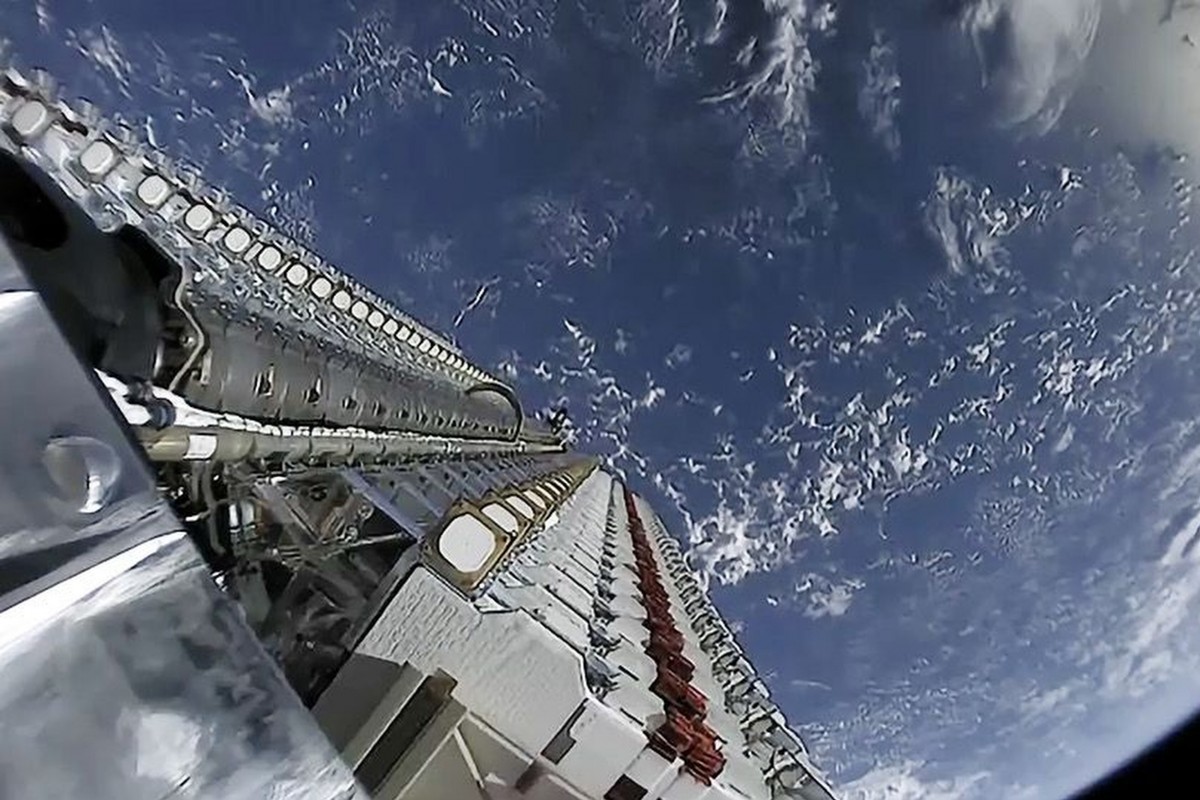Satellite internet has been around for more than two decades. But now the technology may finally be ready to deliver on its promise: Affordable high-speed internet for all.
Elon Musk’s SpaceX may be closest to achieving this dream. The company recently showed off a successful test of the Starlink system, which relies on a constellation of satellites in low Earth orbit (LEO). SpaceX isn’t alone: China has also been accelerating the roll-out of its own LEO constellations. The country even designated satellite internet as a type of “new infrastructure” to receive greater government support.
The concept of satellite internet itself is not new, but relatively few people have used it since commercial services started in the mid-1990s. Its main selling point is the potential to reach remote areas anywhere on Earth—places that are either too expensive or too difficult to connect via cable.
But past attempts at satellite internet service suffered from high cost and relatively slow service. Satellite internet was something you used because you had no other choice. But new technology means companies like SpaceX hope that consumers will soon choose to use satellite internet.
The difference? LEO satellites. Older systems relied on satellites in geostationary orbit 22,000 miles away from Earth. But LEO satellites can be anywhere between 200 and 1,200 miles above the surface, dramatically cutting down on latency.
Read this: Satellites become key vertical within China’s growing space sector
That’s why LEO satellite internet was actually proposed as early as 1990, when Teledesic was founded. The US-based company, famously backed by Microsoft’s Bill Gates and telecom billionaire Craig McCaw, planned to launch 840 satellites to offer global broadband internet. But it fell apart in 2002, having launched just one test satellite.
Teledesic wasn’t the first sign of trouble for LEO satellite services. Iridium and Globalstar, which both relied on constellations of LEO satellites, also failed to find success.
Motorola’s Iridium, which started in 1997 at a cost of USD 5 billion, offered bulky satellite phones that cost at least USD 3,000 and reportedly charged USD 4–7 per minute. The company failed to attract enough users to sustain the business and ultimately filed for bankruptcy in 1999. Iridium was revived in 2001 after a group of private investors reportedly bought the company for USD 25 million.
Despite the failures, experts don’t think history is doomed to repeat itself. As one report from the European Commission noted, early satellite internet projects came when the technology was expensive and terrestrial systems were expanding rapidly. This made satellite services a “more expensive and technically less interesting offer.” Now experts say building and launching satellites is much more cost effective than it used to be, according to reports from McKinsey and Deloitte.
“The cost to launch 1Gbps [gigabits per second] of capacity is literally 100 times less than it was 15 to 20 years ago,” said Blaine Curcio, founder of Orbital Gateway Consulting.
Read this: KEY STAT | China’s satellite internet needs spark demand for commercial spacecraft
There’s also much higher demand for low-latency internet today. Millions of people stream high-definition video online and play demanding multiplayer games over the internet. Many important services have also moved online, meaning the half of the world that remains offline has more reason than ever to get connected. So with competitive pricing, there could be huge demand for satellite internet, according to McKinsey.
Curcio also sees the potential for big companies to become major anchor customers for LEO satellite companies. A company like Amazon, for instance, might need enough bandwidth for Amazon Web Services (AWS).
Curcio also said the rivalry between the US and China could play a role in the success of satellite internet.
“In the early 2000s, the world was a way more optimistic, almost naive place,” Curcio said. “I think a USD 10 billion network from the sky becomes more appealing if you’re the US or China and are in the beginning of what looks like a cold war.”
